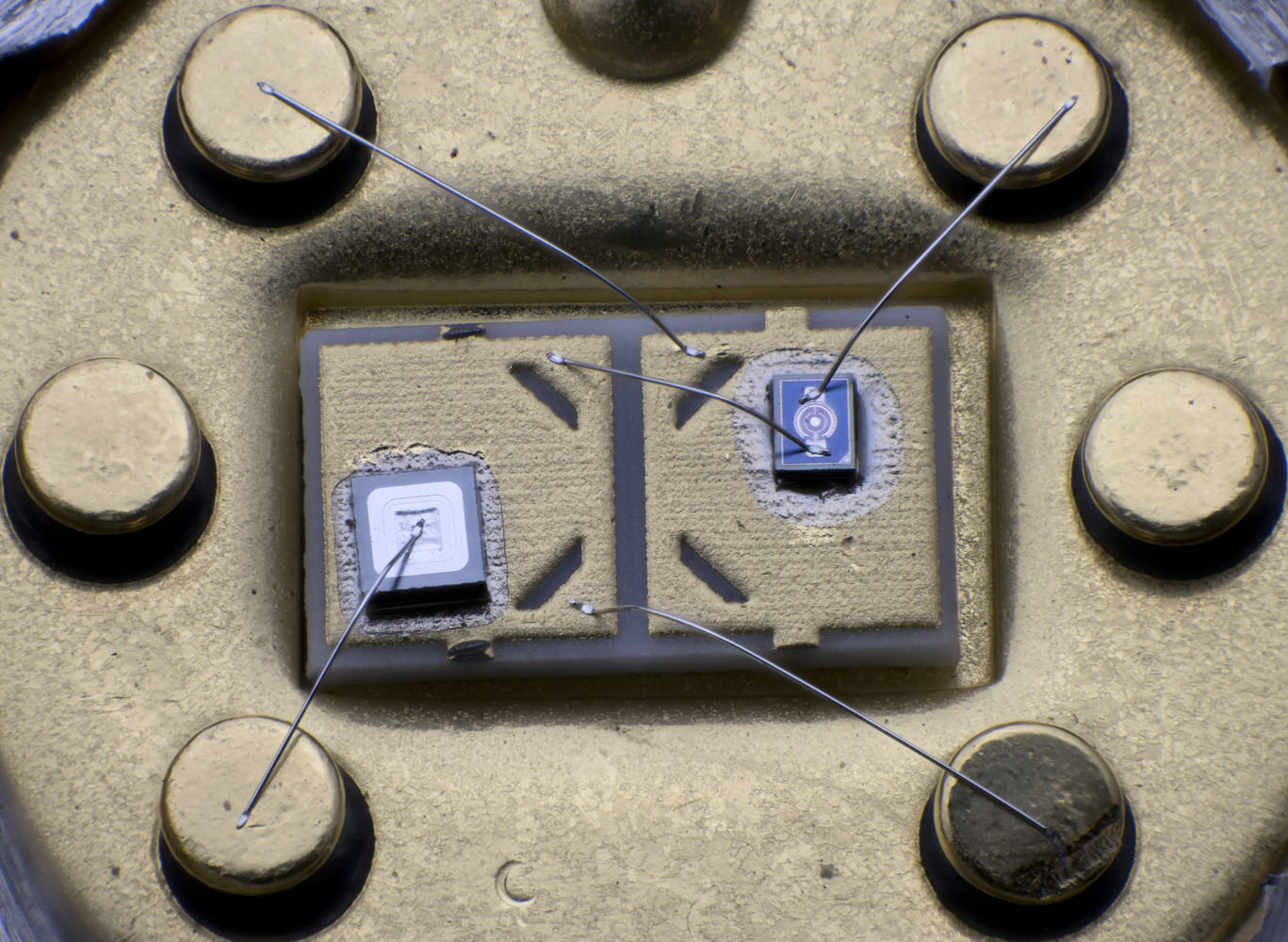Just wondering if anyone else has more insides on that topic?
There is this table:

F730A: DH80417B
F731A: DH80417B
F731B: DH80417B/SZA263
all (three) with the same performance in terms of t.c. and noise, which indicates that DH80417B, no matter who manufactured them (Halske&Siemens, Dickson, TI), were similar in performance.

With F732A, still using SZA263, Fluke ovenized the reference and associated components for the first time and achieved 20x better t.c. and 2x lower noise. Did ovenizing the reference prevent air drafts/thermal fluctuations, that showed up as noise in the former models?
With F732B Fluke switched to LTFLU, wich improved noise by about sqrt(4) due to 4 zeners in parallel.

In LTFLU we can spot the two resistors on the die, that could act as heating elements, but I can't spot a temperature sensor. So question is, why would you design them in?
Are my aforementioned conclusions reasonable or is there more to it?
-branadic-